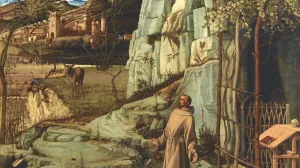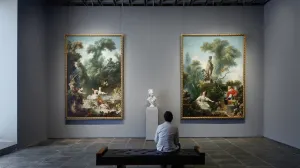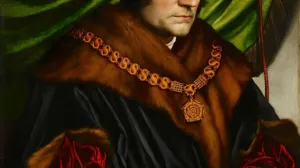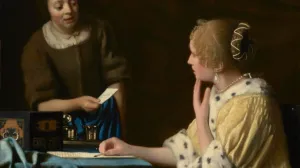Giovanni Bellini’s St. Francis in the Desert (ca. 1475–80) is one of the Frick’s most beloved works of art, but there was a time when it could not find a buyer. Explore the ups and downs of the art market through an interactive map charting the panel’s peregrinations, from quattrocento Venice to its temporary home at Frick Madison.
this is another alert yes 3/7
Our renovated buildings reopen April 17, 2025! Tickets go on sale March 15. Now
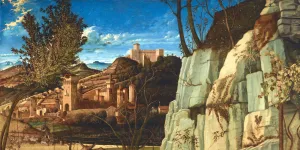
EXPLORE ONLINE
Connect with the collection digitally.
Our renovated home opens early 2025.
Members receive priority access!
Support The Frick Collection
Your generosity sustains our world-class public programs, research, and conservation efforts.
The Frick at Your Fingertips
Museum and library news straight to your inbox.
Sign up today!
